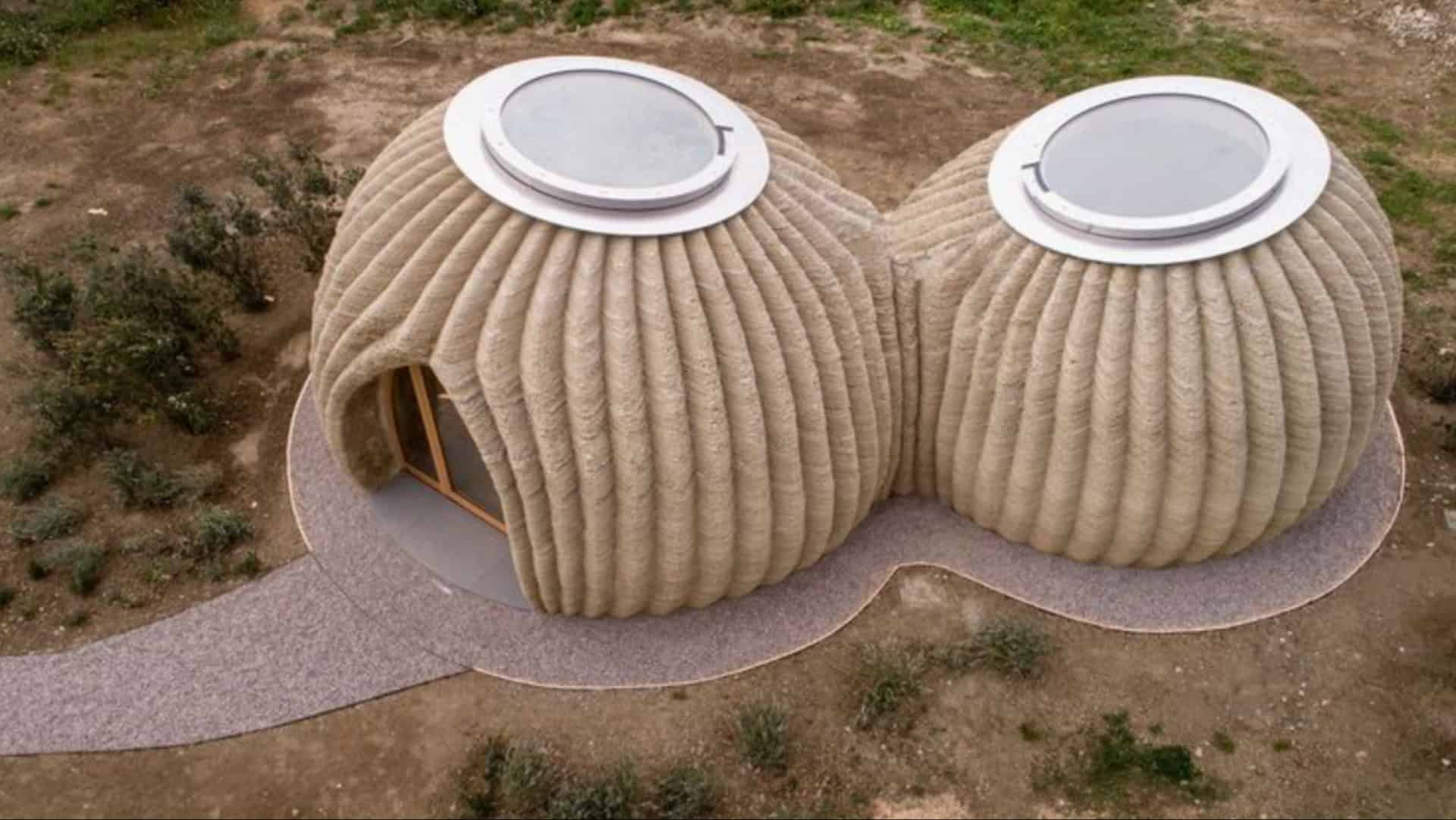As the world grapples with housing shortages and escalating costs, 3D-printed houses are emerging as a potential solution to affordable housing.
These innovative structures promise efficiency, sustainability, and cost-effectiveness. But what are the real living conditions in these homes?
Are they truly sustainable, and what are their pros and cons? This post explores 19 aspects of 3D-printed housing to understand its role in the 21st-century housing landscape.
1. Affordable Living Spaces
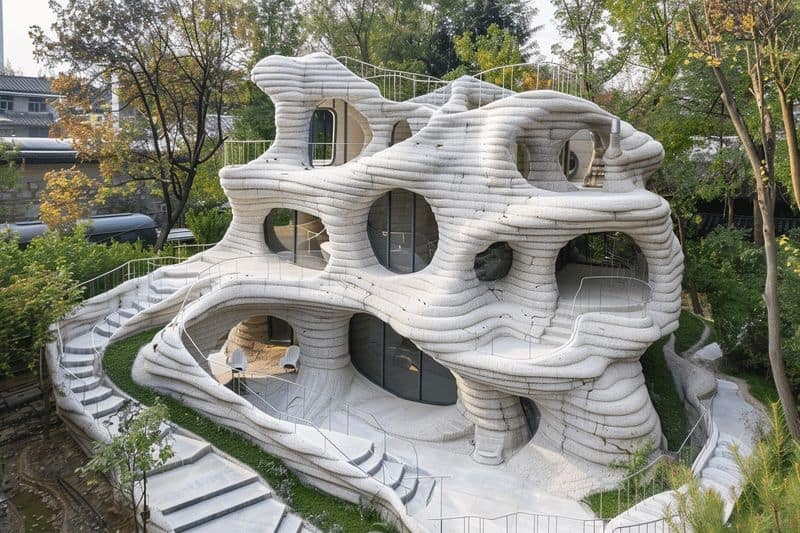
3D-printed houses are making waves in the housing market by offering affordable living spaces.
These structures are typically built with cost-effective materials, reducing the overall construction budget.
The efficiency of 3D printing technology allows for rapid construction, further slashing expenses. For families struggling with housing costs, these homes provide an attainable option.
However, affordability doesn’t always guarantee quality. It’s essential to ensure these homes meet safety and durability standards.
Overall, 3D-printed homes could redefine affordable living.
2. Speed of Construction
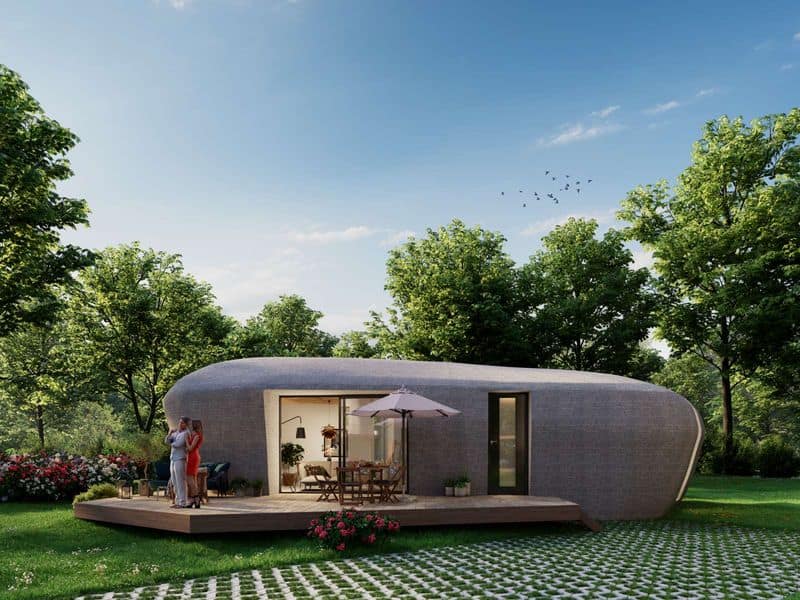
One of the most impressive aspects of 3D-printed housing is the speed of construction.
Traditional building methods can take months or even years, while a 3D-printed house can be completed in days.
This rapid construction is possible due to the automation and precision of 3D printers. For communities in urgent need of housing, this speed is invaluable.
However, quick construction should not compromise quality. Ensuring thorough inspections and quality controls are in place is crucial for long-lasting structures.
3. Customization and Design Flexibility
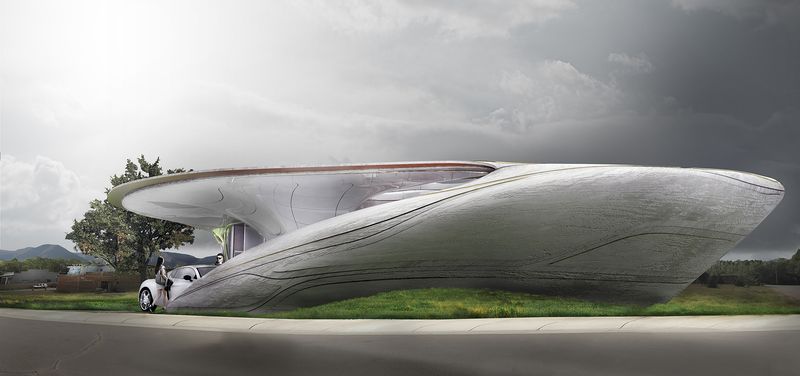
3D printing technology allows unparalleled customization and design flexibility in housing.
Homeowners can personalize their homes with unique architectural features that reflect their individual tastes.
This flexibility extends to the interior, where walls and fixtures can be tweaked according to preference. Such personalization is often cost-prohibitive in traditional construction.
However, customization comes with challenges, like ensuring the structural integrity of innovative designs.
Nevertheless, the creative possibilities are vast, promising revolutionary changes in home aesthetics.
4. Energy Efficiency
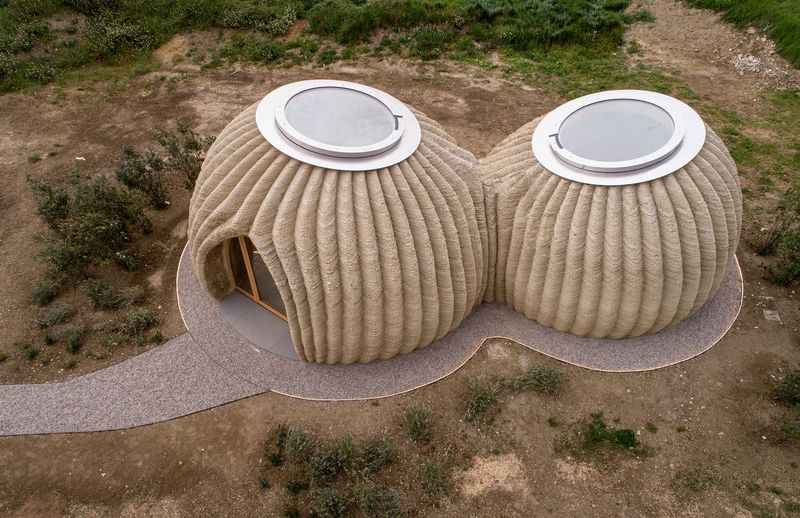
Energy efficiency is a hallmark of 3D-printed homes, often designed with sustainability in mind.
These houses can incorporate energy-saving features such as solar panels and high-quality insulation.
The precision of 3D printing ensures that homes are constructed with minimal gaps, enhancing thermal efficiency. This results in reduced energy bills and a smaller carbon footprint.
While initial investments in energy-efficient technologies may be high, the long-term savings and environmental benefits make it a worthwhile consideration for homeowners.
5. Durability and Strength
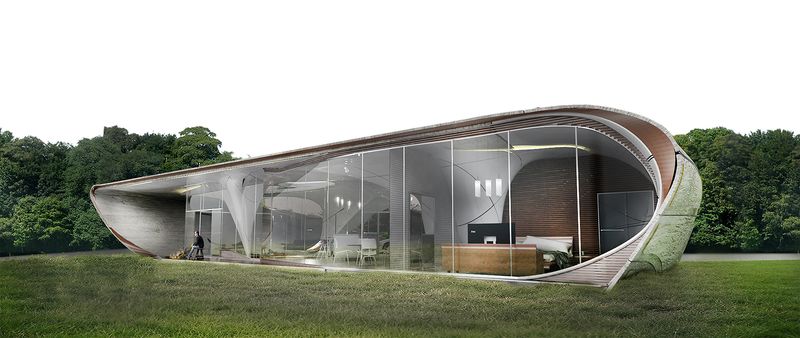
Durability is a common concern with 3D-printed homes, but advancements in technology have led to robust structures.
These houses are engineered to withstand various environmental conditions, from heavy winds to seismic activities.
Builders often conduct rigorous testing to ensure the strength and longevity of the materials used. The interlocking layers of 3D printing contribute to the overall resilience.
While durability has improved, continuous testing and innovation are needed to maintain high safety standards. These homes are becoming increasingly reliable as technology evolves.
6. Environmental Impact
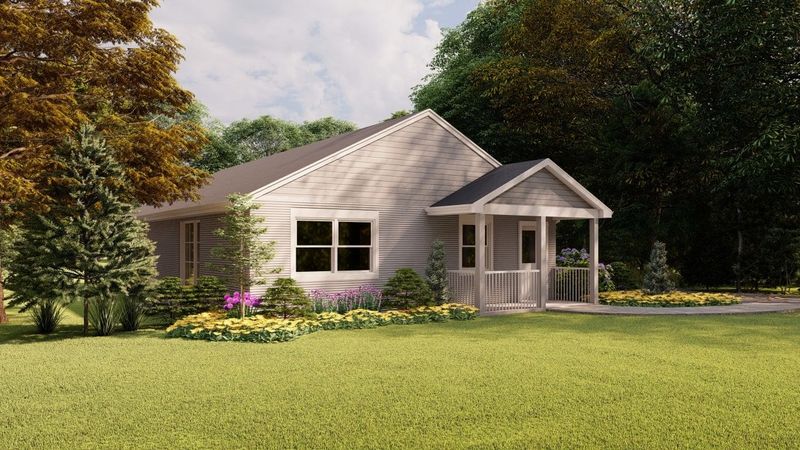
The environmental impact of 3D-printed houses is relatively low compared to traditional construction methods.
With less material waste and the use of sustainable resources, the ecological footprint is minimized.
Additionally, the efficiency of 3D printing reduces the carbon emissions associated with lengthy construction processes.
This makes these homes appealing to environmentally conscious consumers.
However, it is crucial to evaluate the entire lifecycle of the materials used, from production to disposal, to fully understand the environmental benefits.
7. Sustainability of Materials
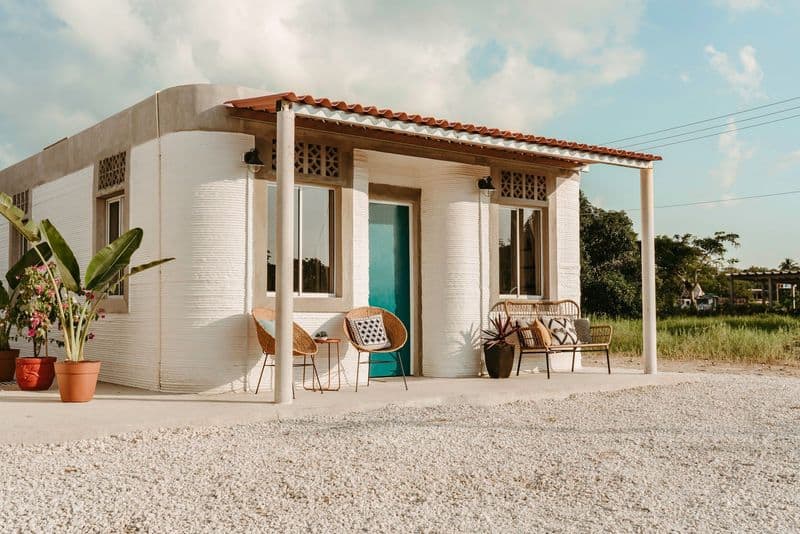
Sustainability is at the core of 3D-printed housing, with many builders using eco-friendly materials.
These resources often include recycled plastics, biodegradable composites, and other sustainable options.
The environmental impact is significantly minimized, as these materials reduce waste during construction. Additionally, the precision of 3D printing ensures minimal material usage.
While sustainability is a strong selling point, it’s vital to assess each material’s long-term durability.
As technology advances, the range of sustainable materials is expected to grow, benefiting the environment.
8. Limitations and Drawbacks
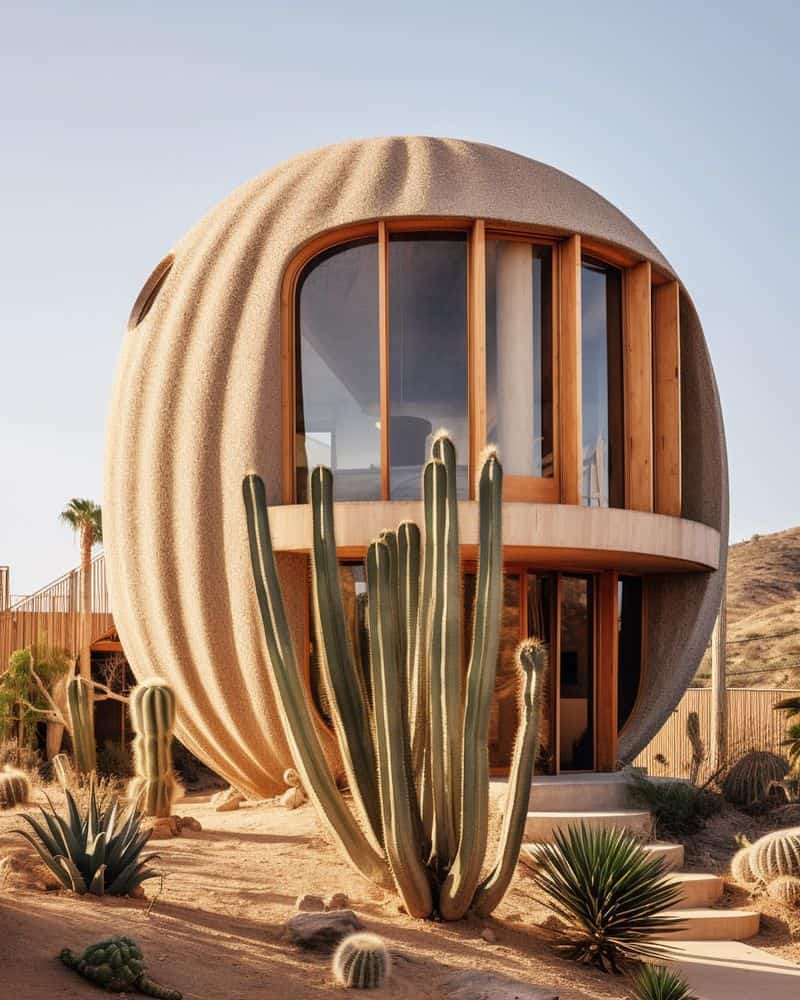
Despite its advantages, 3D-printed housing has limitations. These include the high initial cost of technology and materials, which can be prohibitive for some developers.
Additionally, the current technology may not support large-scale projects, limiting application in certain scenarios. There’s also the need for skilled operators to manage the intricate machinery.
Understanding these drawbacks is essential for future innovations and improvements. Addressing these challenges will enhance the viability and appeal of 3D-printed homes in the housing market.
9. Future of Urban Development
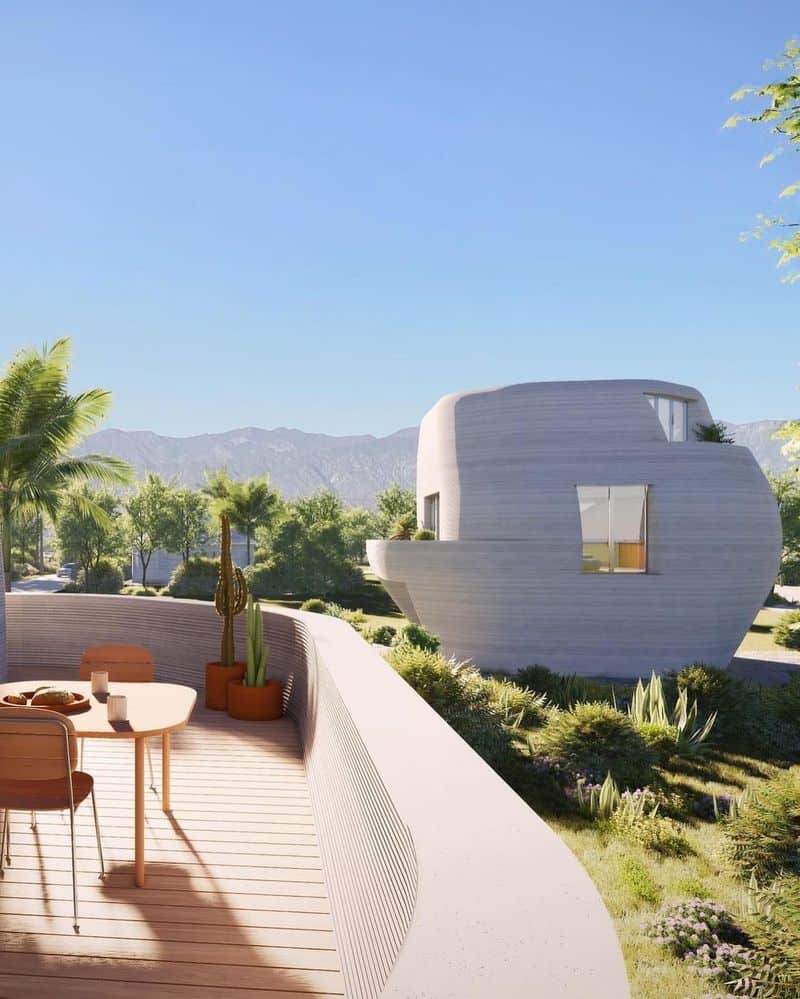
The future of urban development may be heavily influenced by 3D-printed housing. As cities expand, the need for efficient and sustainable construction solutions becomes critical.
3D printing offers the ability to quickly build infrastructure, accommodating growing populations while minimizing environmental impact.
The flexibility in design allows for harmonious blending with existing architecture.
However, integrating this technology into urban planning requires foresight and collaboration.
As urbanization accelerates, 3D-printed housing could redefine city landscapes and improve the quality of urban life.
10. Challenges in Regulation
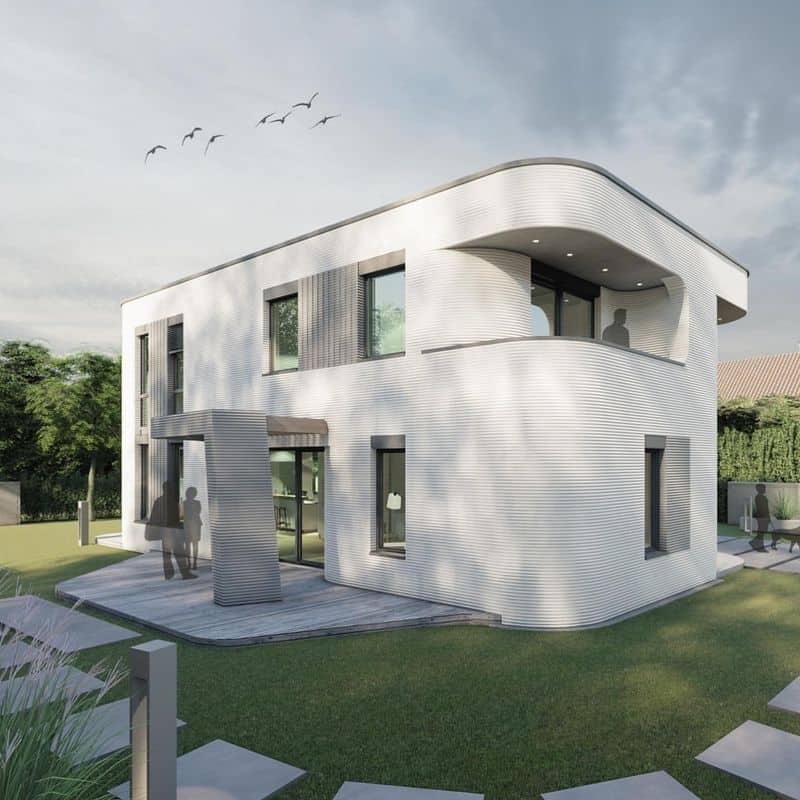
The rise of 3D-printed housing faces regulatory challenges, as existing building codes may not accommodate such novel technologies.
Regulatory bodies must adapt to ensure safety without stifling innovation.
Developers often need to navigate a complex landscape of local and national regulations to proceed with construction. This can lead to delays and increased costs.
Collaborative efforts between governments and industry leaders are essential to establish clear guidelines.
Successfully addressing these challenges will pave the way for more widespread adoption of 3D printed housing.
11. Cost Efficiency
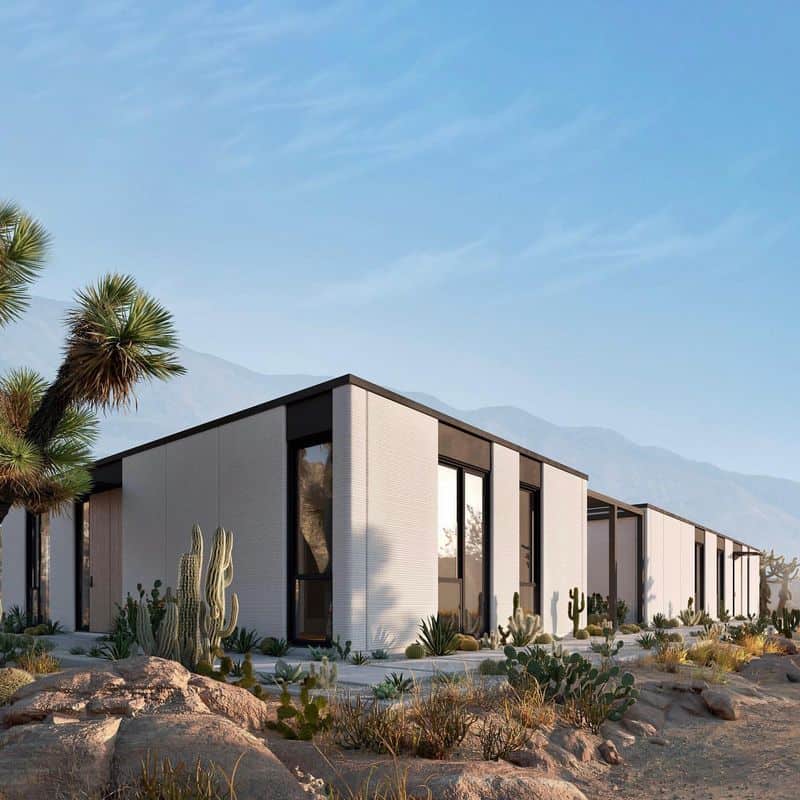
Cost efficiency is a major advantage of 3D-printed housing. By reducing labor and material expenses, these homes offer a more affordable solution to traditional construction.
The streamlined process of 3D printing cuts down on time and waste, translating into savings for builders and consumers alike. This makes it an attractive option for budget-conscious buyers.
Despite the savings, initial investments in technology and materials must be considered.
Balancing upfront costs with long-term benefits is key to maximizing cost efficiency in 3D-printed homes.
12. Role in Disaster Relief
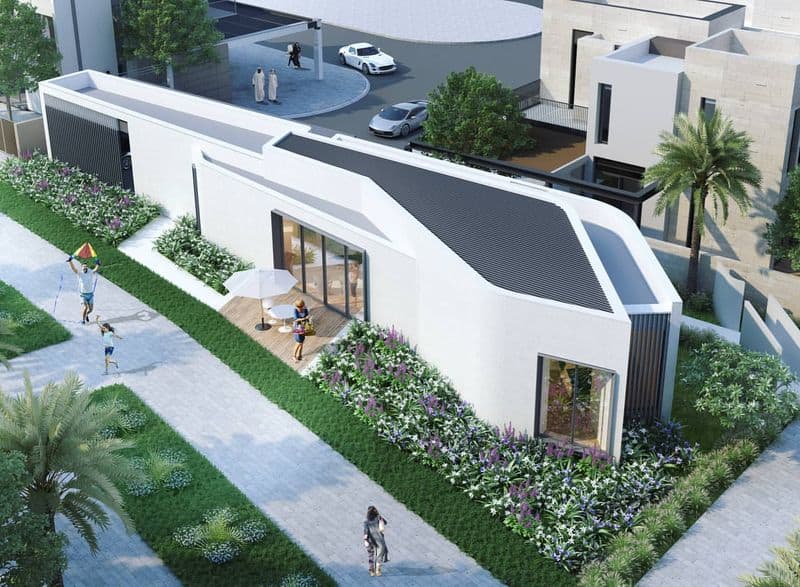
3D-printed houses play a crucial role in disaster relief by providing quick and affordable shelter solutions.
The rapid construction capabilities allow for immediate deployment in affected areas.
These homes can be customized to suit specific environmental conditions, offering safe havens for displaced individuals.
The ease of transport and setup further enhances their usefulness in emergencies.
However, ensuring these structures meet safety standards is paramount.
As technology advances, 3D-printed housing is increasingly recognized as a viable option in disaster preparedness and response.
13. Health and Safety Standards

Health and safety standards are paramount in 3D-printed housing. Ensuring these homes meet rigorous criteria is essential for occupant well-being.
Regulatory bodies must continually update standards to keep pace with technological advancements. Builders also have a responsibility to prioritize safety in design and execution.
Ongoing research and collaboration will ensure these homes are safe and healthy environments.
As the industry grows, commitment to high standards will foster trust and confidence in 3D-printed housing.
14. Community Building Potential
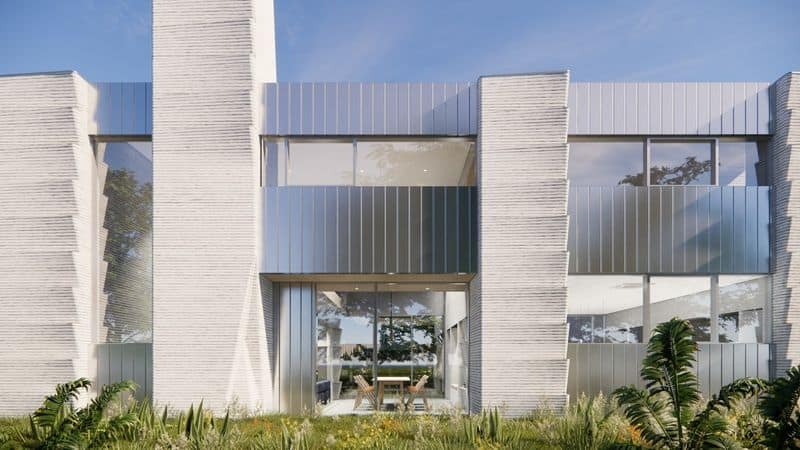
3D-printed housing offers exciting possibilities for community building. The speed and cost efficiency allow for the development of entire neighborhoods, fostering communal living.
Shared amenities, such as parks and recreational facilities, can be easily integrated into these developments, enhancing the quality of life.
However, careful planning is needed to ensure these communities are inclusive and sustainable.
As urbanization continues, 3D-printed communities could play a significant role in addressing housing shortages and promoting social cohesion.
15. Thermal Performance
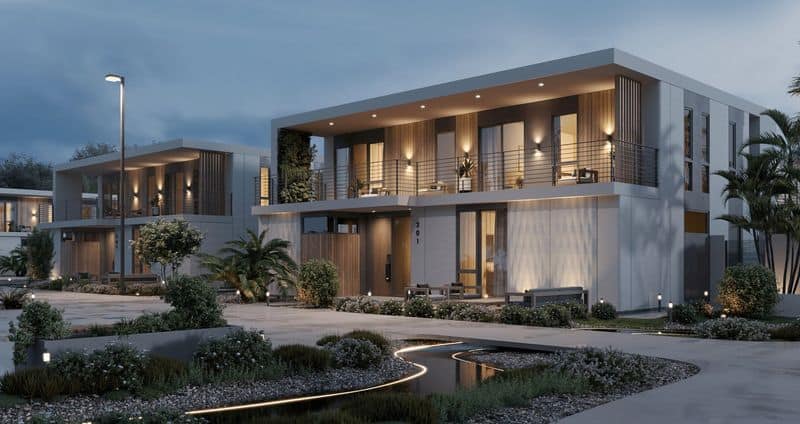
The thermal performance of 3D-printed homes is one of their standout features.
With precise construction techniques, these houses maintain consistent internal temperatures, reducing the need for artificial heating and cooling.
This not only improves comfort for residents but also lowers energy consumption and costs. The use of insulated materials further enhances thermal efficiency.
While maintaining thermal performance is crucial, ongoing research is needed to optimize material selection and construction methods.
This ensures that 3D-printed homes remain comfortable and energy-efficient year-round.
16. Innovative Building Techniques
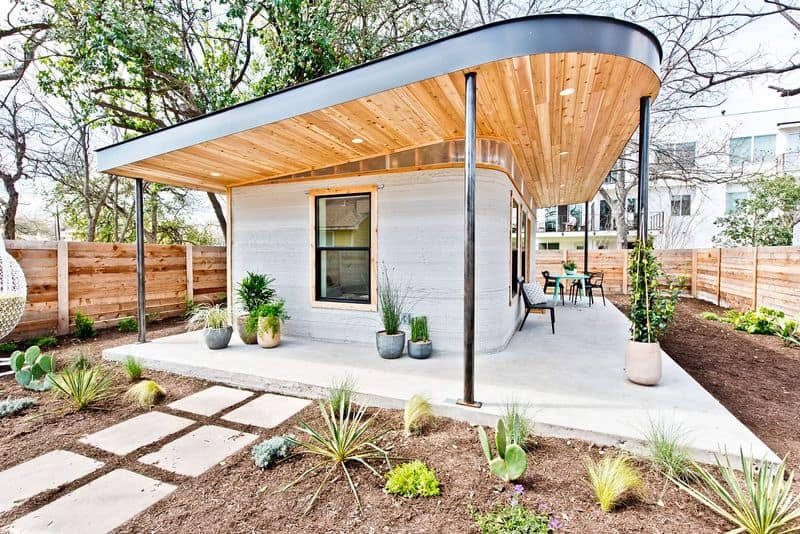
The advent of 3D printing has introduced innovative building techniques that revolutionize construction.
These methods allow for the precise assembly of complex structures that were once difficult to achieve.
Automation plays a significant role in enhancing accuracy and reducing human error. This leads to a higher standard of quality in the final product.
While innovation is exciting, it requires skilled operators and constant advancements to keep up with demands.
These techniques point towards a future of more efficient and imaginative construction.
17. Cultural Acceptance
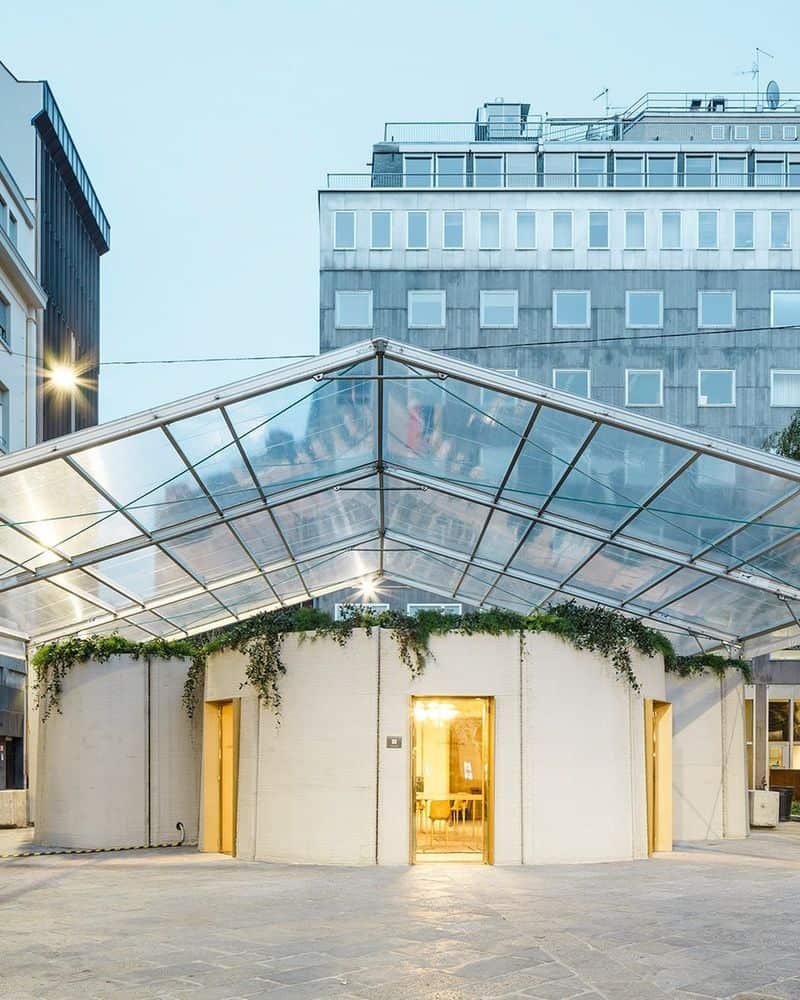
Cultural acceptance is a significant factor influencing the adoption of 3D-printed housing. For a technology as groundbreaking as this, shifting public perception is crucial.
Communities may have reservations about the unfamiliar, from aesthetic concerns to doubts about durability. Education and exposure can help bridge this gap.
As more people experience the benefits firsthand, acceptance is likely to grow.
Over time, 3D-printed housing may become a preferred choice, blending seamlessly into diverse cultural landscapes and redefining home construction norms.
18. Global Adoption Trends
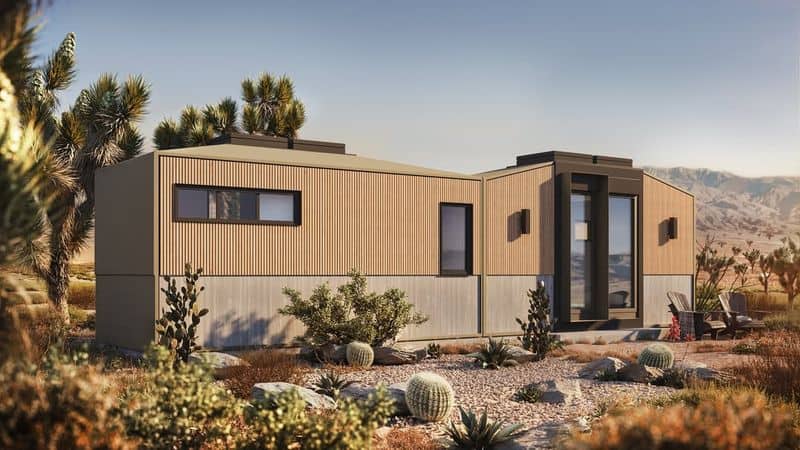
Global adoption of 3D-printed housing varies, with some regions embracing the technology more rapidly than others.
Factors such as economic conditions, regulatory environments, and technological infrastructure play a role.
In areas with pressing housing needs, 3D printing offers a practical solution. Meanwhile, developed regions explore their potential for innovative architecture.
Understanding these trends aids stakeholders in navigating the global market. As awareness and technology advance, 3D-printed housing is poised to make a significant impact worldwide.
19. Integration with Smart Technologies
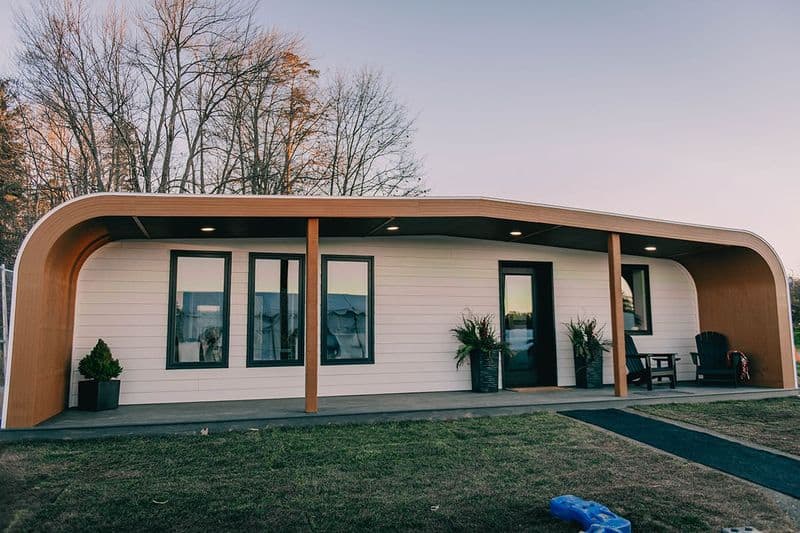
Integration with smart technologies is a natural progression for 3D-printed homes. These structures can easily incorporate smart systems, enhancing convenience and security for residents.
From intelligent lighting to automated climate control, smart features complement the energy efficiency of 3D-printed houses. They offer modern living experiences tailored to individual preferences.
While the integration process may require sophisticated technology, the benefits are significant.
As smart home adoption grows, 3D-printed houses will likely become the epitome of futuristic living.

